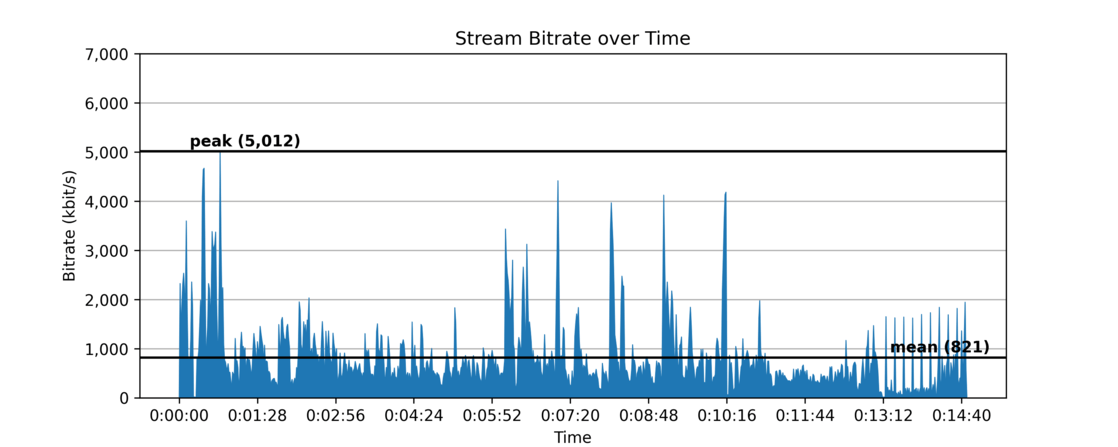Server Version#: 1.20.2.3343
Player Version#: Web, AppleTV, etc
I’ve run into a bizarre issue with Plex for remote users.
I always aim for a bitrate of 10 Mbps or below for my shared movie content, to ensure that most clients can direct play it. (I use Handbrake.) Under Plex Web --> Quality, I’ve set it to “12 Mbps, 1080p.”
This only happens for some movies. The best way to explain what’s happening is by example, so I’ll use Once Upon a Time in Hollywood as the example.
As it’s currently encoded, the file is is less than 7 Mbps. If I “get info” from within Plex, it shows as “6592 kbps.”
When I attempt to play the file remotely either via the AppleTV Plex app or via the web app, the server transcodes the file. If I look under “Technical Details” in the AppleTV Plex app, while the movie is playing, it says both video and audio are being transcoded, and under “Transcode Reason,” it says “Not enough bandwidth for direct play of this item. Required bandwidth is 40642kbps and only 12000kbps is available.”
40642 kbps??? Where is that number coming from? Why does PMS and/or the Plex playback app think the bitrate is anything other than the actual bitrate of 6592 kbps?
As I mentioned before, this is happening with several, but not all, movies. The numbers are different depending on the movie, but in all cases Plex thinks the required bitrate is much, much higher than the actual bitrate of the file being streamed.
As you can imagine, this unnecessary forced transcoding is reducing the number of simultaneous movies that can be served.
Any ideas?

